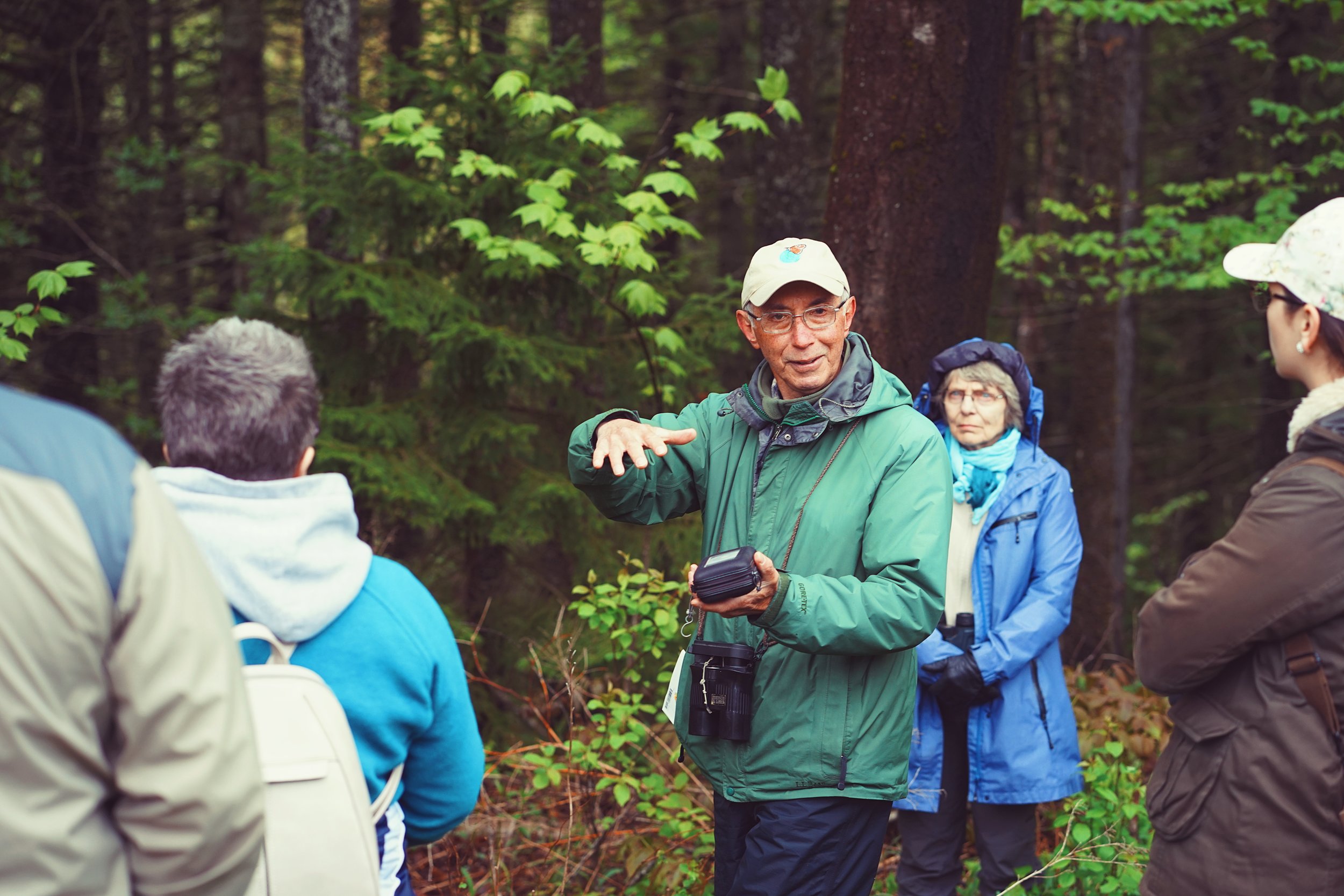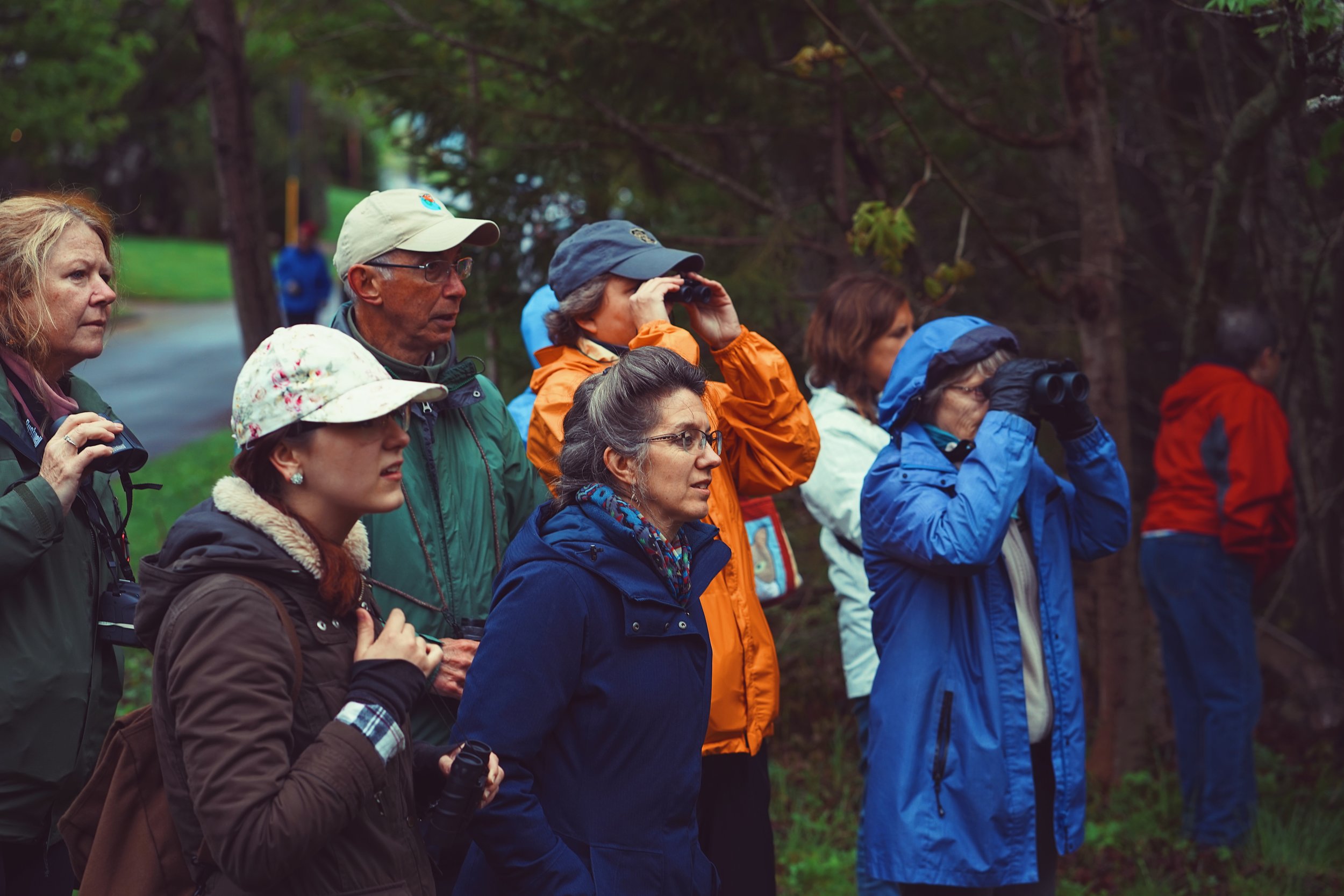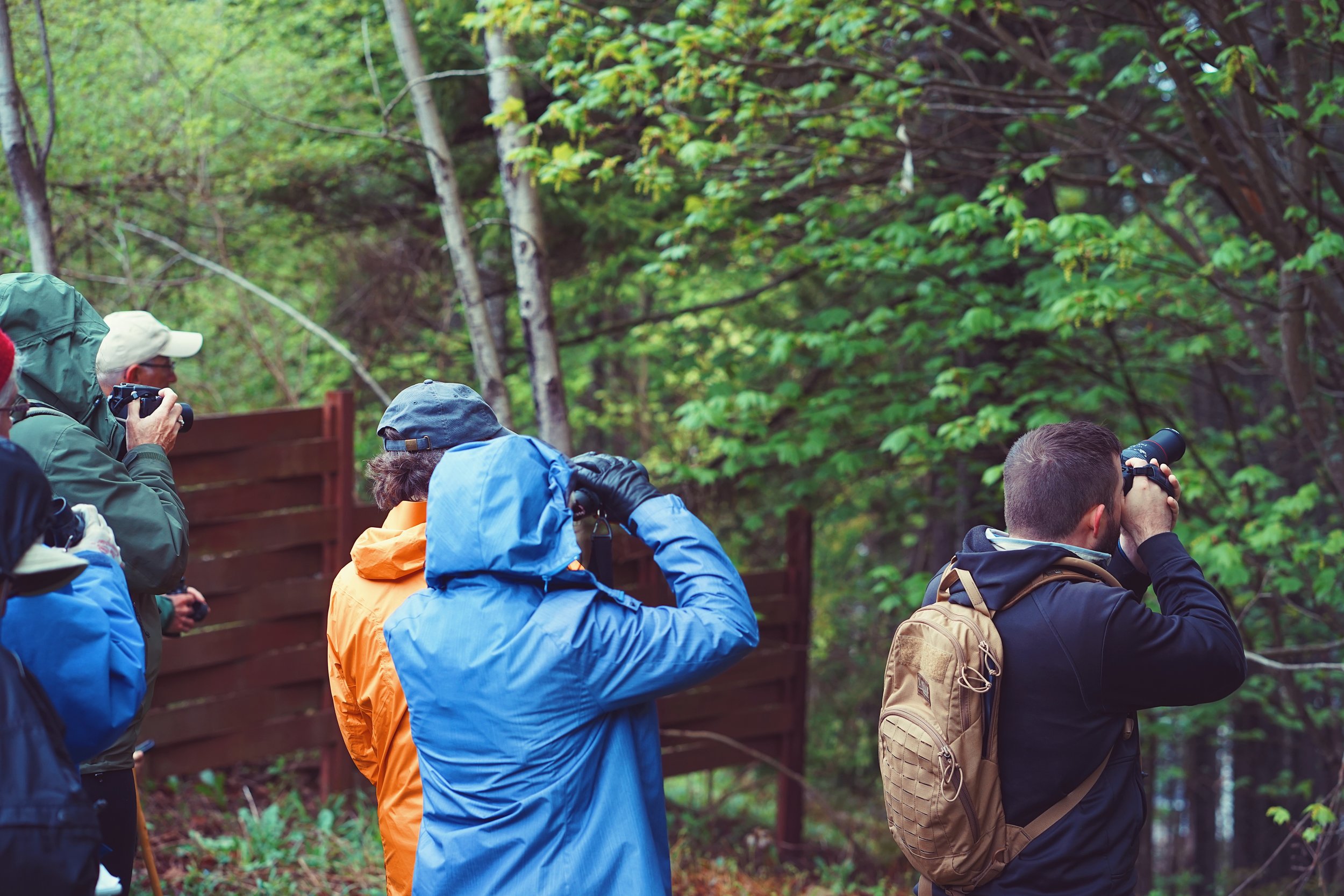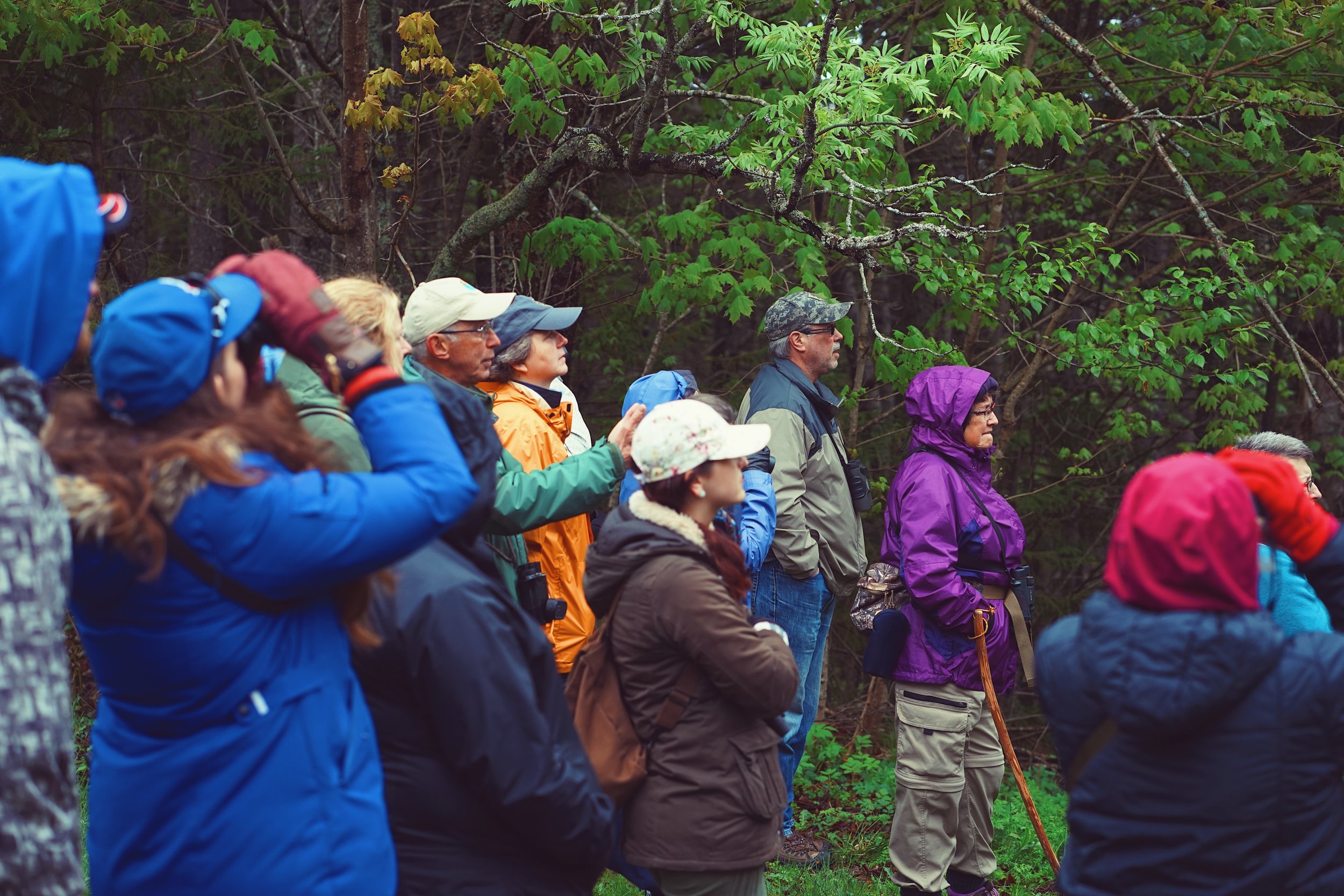
MANCHESTER BIRD SANCTUARY
About the Manchester Bird Sanctuary
The Manchester Bird Sanctuary is an urban green space located in Saint John, New Brunswick. It was donated for preservation by private benefactor to the City of Saint John in June of 1975. Since that time, the land has been left undisturbed to serve as natural forest habitat for birds and other wildlife in our urban environment. In past studies, there were 48 species of birds identified as utilizing habitat in the Manchester Bird Sanctuary, a stunning diversity representative of the availability of distinctly different habitats within the area.
Over the last number of years, ACAP Saint John has been working with the City of Saint John to revisit the previous field survey and management plan of the sanctuary to provide an update on habitat conditions and future management recommendations. There are a number of different forest habitats found within the Manchester Bird Sanctuary that provide valuable habitat for forest dwelling birds and migratory birds looking for shelter and stop over points. Maintaining this forest cover is vital for the ecosystem integrity of the Sanctuary and provides many aesthetic and ecosystem benefits to the community that surrounds it. In 2015, a number of tree plantings and staking events took place with the help of volunteers. “Living bird feeders” were planted in the sanctuary. These plants produce berries for the birds and other wildlife and provide ground cover for the forest ecosystem, increasing biodiversity in the sanctuary.
To build awareness of the Sanctuary and how to protect it, field tours, volunteer cleanups, and education signage was utilized. Signage is now in place along Edgehill Row and Manchester Ave at public viewing areas to educate both the community and visitors about the Sanctuary and the habitats and wildlife it supports.
Click here to learn more about the birds we have frequently seen using the Sanctuary!
Check out our Manchester Bird Sanctuary brochure below for more information
How you can help? Make your home and yard bird friendly
There are many easy actions you can take in your yard to benefit birds in a big way. The following are suggestions from the Nature Conservancy and The Cornell Lab, leading bird experts in North America:
Plant native flowers, bushes, and trees in your yard to replace open lawn areas. For example, berry bushes act as “living bird feeders” and also provide shelter and thorny plants provide added shelter for birds from predators. Also avoid using lawn chemicals that enter the food chain for birds; through the insects and plants they eat.
Relocate bird feeders and bird baths to within 3 feet of a window. Bird strikes are significantly more likely to be fatal when they take off far enough away from the window to be flying at top speed when they hit. When feeders are placed next to window glass, or affixed to the window or frame, birds may still fly into it, but seldom with enough force to injure themselves. Alternatively, you can apply UV reflective window decals such as CollidEscape to prevent window collisions.
Bring your cat indoors for a short time. Gradually shorten the amount of “outside” time your cat gets until the cat is comfortable staying indoors.
Don’t assume that baby birds need your help. If a bird is feathered and hopping around, it has left the nest and is being fed by its parents. Don’t try to catch the bird and keep your cats and dogs away from the animal. If the bird is un-feathered call the Department of Natural Resources at 506-856-2344 or the Atlantic Wildlife Institute at 506-364-1902 for advice. You can take pictures or video of the bird from a distance to share your experience!
Pile up fallen limbs and branches in your yard, approximately 5-6” thick, instead of removing them. Brush piles provide important shelter and food sources for ground-feeding birds.
Leave a few dead trees as they attract woodpeckers who will make holes in search of food, thus creating natural habitat for birds.
Provide a source of fresh, clean water for birds during dry or hot weather. Any shallow dish will do, place a rock in the middle to serve as a perch and place it atop a pedestal to keep birds safe from predators.
Clean your feeders to prevent mold and bacteria from spreading and making feeder birds sick.
Creating nesting boxes is a fun project that creates habitat for birds in your yard. Visit these sites for step by step guides: Birds Canada & Gardeners World.








